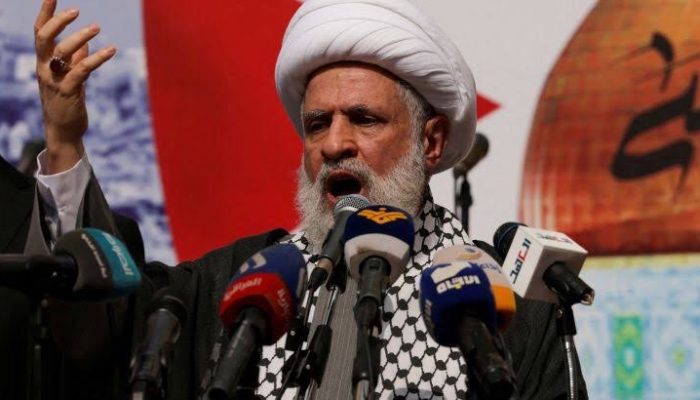Naim Qassem has replaced the long-term leader Hassan Nasrallah, who was killed in an Israeli air strike in Beirut last month.
The 71- year-old Naim is one of the few senior Hezbollah leaders who remains alive, after Israel killed most of the group’s leadership in a series of attacks.
The appointment comes as the conflict in Lebanon intensified in recent weeks.
Naim Qassem was Hezbollah’s deputy secretary general For more than 30 years, and one of the group’s most recognised faces.
Hezbollah said he was elected by the Shura Council, in accordance with the group’s rules. His whereabouts are unclear, however some reports suggest he has fled to Iran, which is Hezbollah’s main supporter.
Hezbollah issued a statement announcing Qassem’s promotion, praising him as “bearing the blessed banner in this march”.
The statement also honoured the late Nasrallah and others killed in the conflict.
The new Hezbollah leadership was expected to be passed to cleric Hashem Safieddine, but on 22 October it was revealed that he had been killed in an Israeli air strike nearly three weeks prior.
Israel has carried out air strikes across Lebanon in recent weeks, targeting what it says are Hezbollah’s operatives, infrastructure and weapons.
The Israeli military on Monday night carried out air strikes in Lebanon’s eastern Bekaa Valley, an area where Hezbollah has a strong presence.
The Lebanese health ministry said at least 60 people were killed and more than 50 wounded though The Israeli military has yet to comment on the attack.
Israel launched an onslaught against Hezbollah after nearly a year of cross-border hostilities caused by the Gaza conflict, claiming it wished to assure the safe return of people displaced by Hezbollah rocket, missile, and drone attacks.
According to Lebanon’s health ministry, more than 2,700 people have died and nearly 12,500 have been injured in the last year.
Hezbollah has attacked Israel with thousands of rockets and drones over the same period, and at least 59 people have been killed in northern Israel and the occupied Golan Heights.
Written by Jennifer Amarachi




